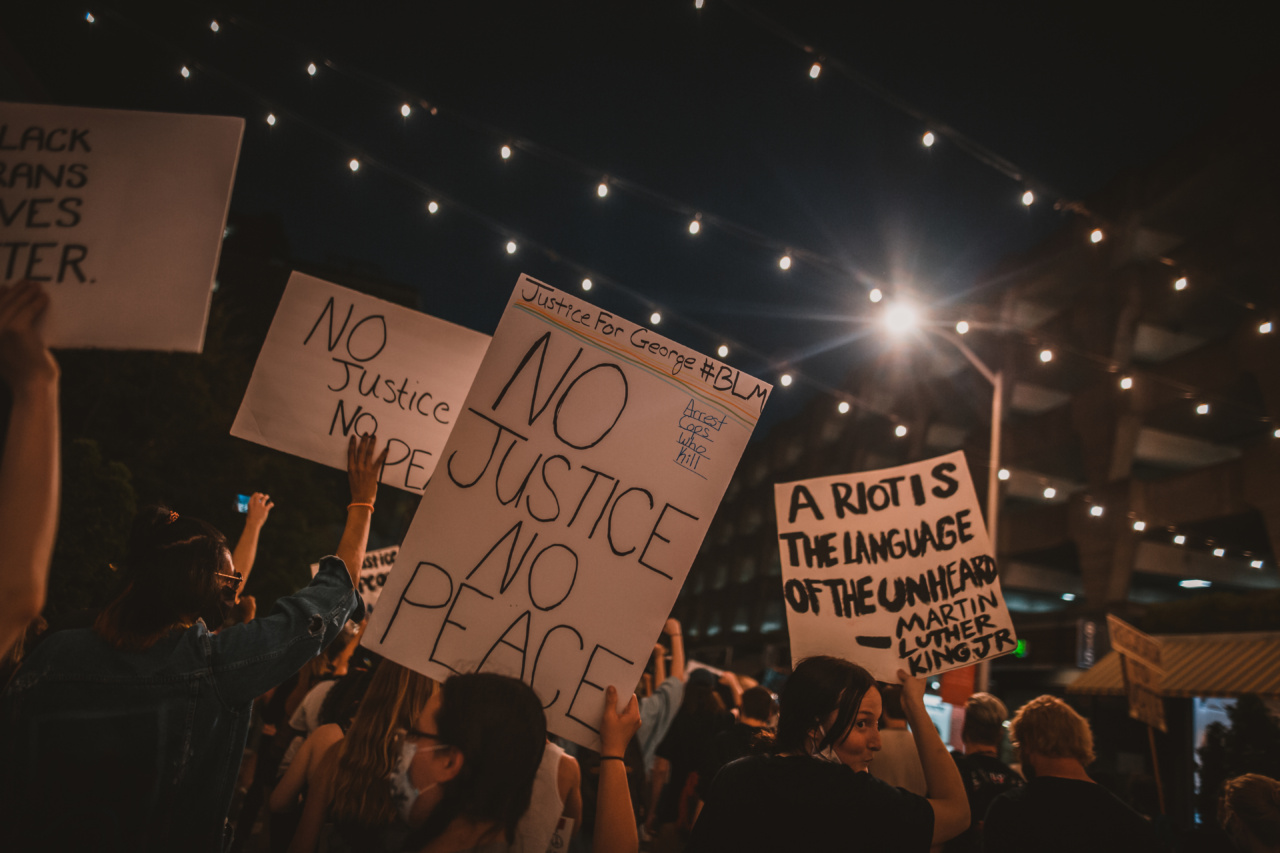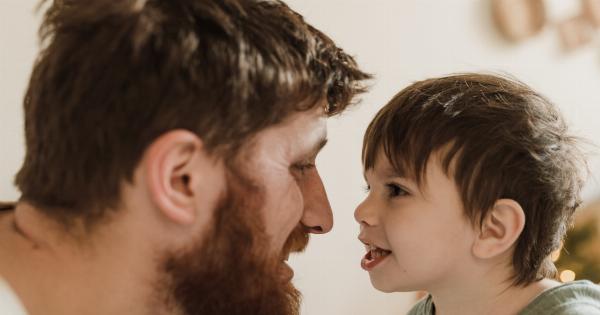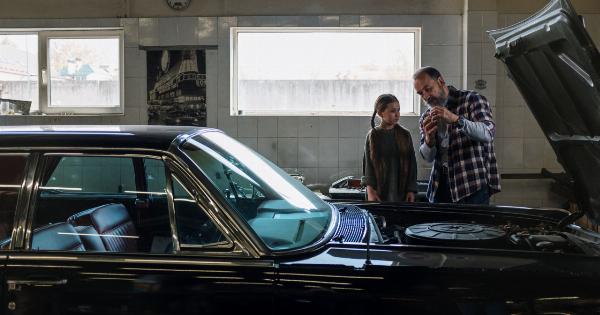As a parent, it can be challenging to explain complex issues to our children.
When it comes to prejudice and discrimination, it can be even more challenging to explain why people treat others unfairly based on their race, gender, religion, or other factors. However, it’s an important conversation to have with our children because it can help them grow up to be more empathetic and understanding of others.
In this article, we’ll explore some of the root causes of prejudice and discrimination and how we can talk to our children about these issues.
What is prejudice?
Prejudice is a preconceived opinion or feeling about a particular group of people. It’s often based on stereotypes or assumptions that aren’t backed up by facts.
For example, someone might have a prejudice against a particular ethnic group because they believe that all members of that group are lazy or criminal.
Prejudice can be harmful because it can lead to discrimination. When someone discriminates against a group of people, they’re treating them unfairly based on their race, gender, religion, or other factors.
This can take many forms, such as refusing to hire someone for a job because of their race or gender or using slurs or derogatory language to insult someone.
Where does prejudice come from?
There are many factors that can lead to prejudice, and it’s often a combination of different things. Some common causes of prejudice include:.
1. Stereotypes and assumptions
As we mentioned earlier, prejudice is often based on stereotypes and assumptions. When people believe that a particular group of people is all the same, they’re more likely to be prejudiced against them.
For example, if someone believes that all Muslims are terrorists, they’re more likely to discriminate against Muslims in their everyday life.
2. Fear and insecurity
People who are afraid or insecure about themselves or the world around them are more likely to be prejudiced. This is because prejudice can provide a false sense of security and control.
For example, someone who’s afraid of losing their job to a person of a different race might be more likely to be prejudiced against that race in order to make themselves feel better.
3. Lack of exposure to different cultures and ideas
People who grow up in an environment where they’re not exposed to different cultures and ideas may be more likely to be prejudiced.
When someone doesn’t have the opportunity to learn about different cultures and ways of life, they’re more likely to rely on stereotypes and assumptions. This is why it’s so important for kids to learn about different cultures and ways of life in school and at home.
What can we do to combat prejudice and discrimination?
As parents, we can play an important role in helping our children understand and combat prejudice and discrimination. Here are some things we can do:.
1. Talk openly about prejudice and discrimination
One of the best things we can do is to talk openly and honestly with our children about prejudice and discrimination. This means explaining what these things are and why they’re wrong.
It also means being willing to answer our children’s questions honestly and without judgment.
2. Encourage empathy and understanding
We can help our kids develop empathy and understanding by encouraging them to put themselves in other people’s shoes. This means teaching them to think about how they would feel if they were in someone else’s situation.
3. Teach kids to stand up to prejudice and discrimination
We can teach our children to be allies to people who are targets of prejudice and discrimination. This means teaching them to speak out against prejudice and discrimination when they see it.
It also means teaching them how to be supportive and helpful to people who are being discriminated against.
Conclusion
Prejudice and discrimination are complex issues that can be difficult to explain to our children. However, by having open and honest conversations, we can help them understand why these things are wrong and how they can help combat them.
By teaching our children to be empathetic, understanding, and supportive, we can help create a more just and equitable world for everyone.






























